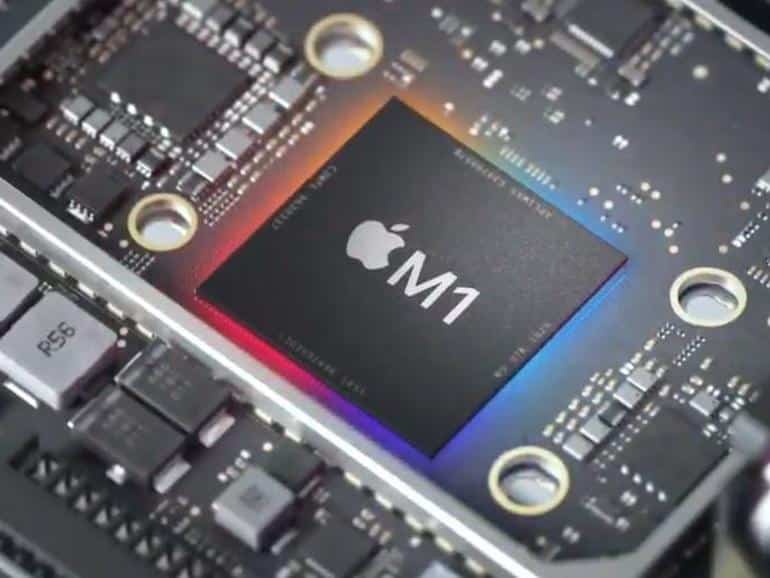Today for the first we have witnessed the boot-up process of the NetBSD OS on Apple’s M1 processor. This was all made possible thanks to Twitter users Jared McNeill.
For those who don’t know, NetBSD is an open-source “UNIX-like” operating system. It gives more emphasis on speed, security, and portability. And the successful boot-up of this OS on Apple’s very own custom silicon gives us hope that we are slowly but surely approaching the dream of enabling the M1 chip for operating systems other than Apple’s macOS.
NetBSD is an open-source project based on Berkeley Software Distribution (BSD). It follows UNIX’s ideals of simplicity, careful design, and most importantly – portability. The operating system is one of the most portable operating systems, and thus it was only it was just a matter of time before its developer community ported it to Apple’s M1 chip.
However, the process isn’t easy at all, and since M1 is a custom SoC, it makes things rather tricky to port any foreign OS to the chipset. The processor needs accompanying drivers to function, and on Linux, it is a work in progress (WIP) solution at the time of writing.
but it’s still a significant achievement that the developer has successfully managed to boot a WIP implementation of NetBSD version 9.99.85 on the Apple M1 chip as well as he has posted an entire boot sequence online.
The porting of these Linux OS’s onto Apple’s M1 is of greater significance as they help illustrate new solutions to the problem. As we await further Linux enablement of the M1 chip, we are happy to see a developer bringing support for a new OS, enabling a whole new platform to function on Apple’s custom silicon.









